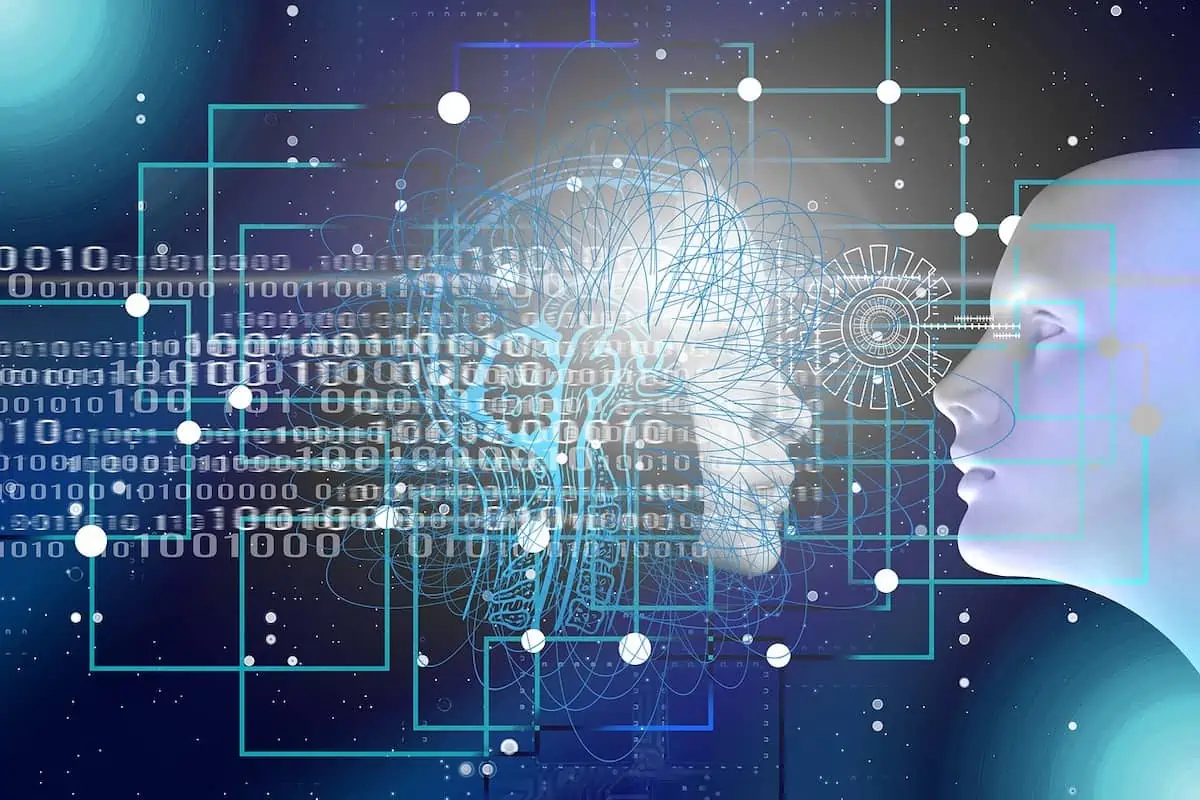When it comes to understanding human language robots use Natural Language Processing. Natural Language Process (NLP) is an area of artificial intelligence that plays an essential role in easing human-computer interaction.
In this article we will cover NLP and explain how computers imitate the process of language acquisition.
In what way does NLP work?
There is an overlap between computer science, artificial intelligence, and linguistics known as natural language processing (NLP – Natural language processing). In order to interpret text and respond to inquiries, the system must analyze and “understand” natural language.
NLP has risen to prominence as one of the most critical components of modern artificial intelligence, thanks in large part to the rise of voice interfaces and chatbots. However, it is incredibly difficult to fully comprehend and reproduce the meaning of the language because of the human language’s features:
- Unlike other languages, human language has been specifically constructed to transmit meaning. This isn’t simply a passive conveyance of information; it’s an intentional one. Even little infants may easily acquire the language because to its encoded form.
- Discrete, symbolic, or categorical signals are used by humans in human language.
- Signals for communication are embedded in a language’s categorical symbols, which may be conveyed in a variety of ways. At the same time, there is no right or wrong way to say things in this language.
Where may NLP be used?
Today, there are an increasing number of practical applications in this field.language can be expressed in any way.
- search (written or oral);
- displaying relevant online ads;
- automatic (or assisted) translation;
- sentiment analysis for marketing tasks;
- speech recognition and chatbots,
- voice assistants (automated customer assistance, ordering goods and services).
Deep Learning in NLP
A significant part of NLP technology works thanks to deep learning, a field of machine learning that only began to gain momentum at the beginning of this decade for the following reasons:
- Large amounts of training data have been accumulated;
- Computing capacities have been developed: multi-core CPUs and GPUs;
- New models and algorithms have been created with enhanced capabilities and improved performance, with flexible learning on intermediate representations;
- There were novel techniques of regularization and optimization, as well as training approaches that used context.
- As a result of the human-created representations of data and input attributes, most machine learning approaches are able to perform effectively.
Data is sent into a deep learning algorithm, which then attempts to extract the most useful features or representations from the data.
It takes time and effort to build and evaluate manually produced features since they are overly specific, incomplete, and time consuming. Deep learning-revealed characteristics, on the other hand, are very flexible.
Deep learning provides a framework for visual and verbal representations of the world that is adaptable, varied, and teachable. Initial successes were made in voice recognition and computer vision as a result of this. Many of these models are trained using a single standard approach and do not need typical task-specific feature development.
When it comes to creating AI, there is always one best solution – Unicsoft – an artificial intelligence development company.
Benefits of Natural Language Processing
- Automatic summation
- Resolution
- Speech analysis
- Removes the burden of learning syntax
- No training required
- Allows non-programmers to interact with computing systems
- Common input synonyms can be interpreted
- Best and effective results
- Search processing says exactly what the user means
- More Data Mining Means More Data to Grow
- Can perform complex searches
- Contextual understanding
If you are interested in blockchain or other information about artificial intelligence, follow the link and find a lot of interesting information: https://unicsoft.com/blockchain-development/supply-chain/.

